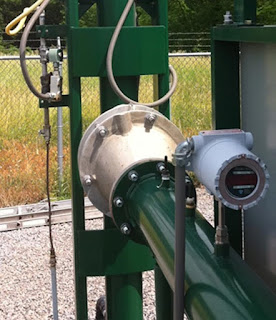 Thermal mass flow meters offer accurate, repeatable, and dependable measurements of liquids and gases for both industrial and environmental processes. They are used in a multitude of applications including landfills, GHG emissions, flare gas, natural gas measurement, pollution control, petrochemical, chemical processing, measuring hydrogen gas, food and beverage, pharmaceutical, semi-conductor manufacturing, sub-metering of clean process gases, and power / utility.
Thermal mass flow meters offer accurate, repeatable, and dependable measurements of liquids and gases for both industrial and environmental processes. They are used in a multitude of applications including landfills, GHG emissions, flare gas, natural gas measurement, pollution control, petrochemical, chemical processing, measuring hydrogen gas, food and beverage, pharmaceutical, semi-conductor manufacturing, sub-metering of clean process gases, and power / utility.When sizing a thermal mass flow meter, the following information is required in determining the correct flow meter for your application:
- Fluid
- Insertion or inline meter
- Minimum and maximum line pressure
- Minimum and maximum flow rate
- Minimum and maximum fluid temperature
- Pipe diameter, schedule and material
- Standard, sanitary or ultra-high purity finish
- Desired process connections
- Flow direction
- Available power for transmitter
- Transmitter output
M.S. Jacobs and Associates
https://msjacobs.com
800-348-0089
